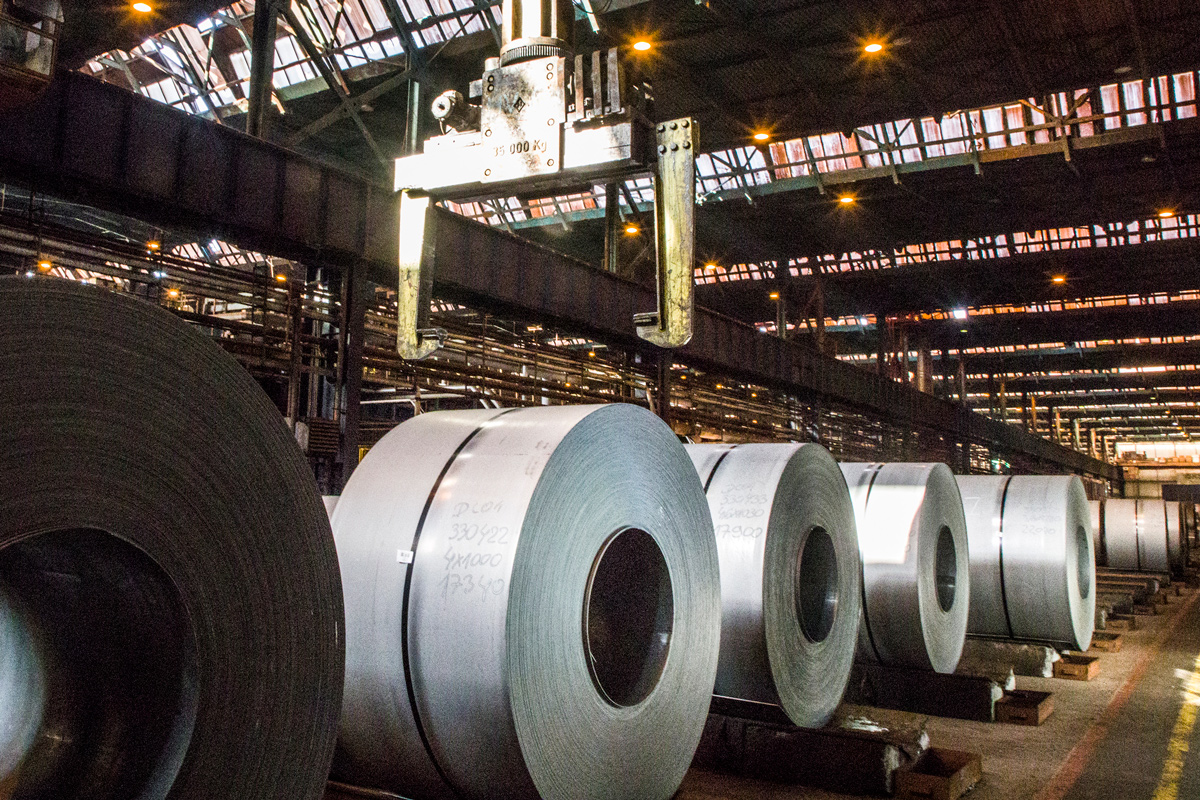The Central government’s capital expenditure is expected to increase by a robust 25 per cent in the second half of the financial year 204-2025 compared to the same period of the previous year, according to a report by Jefferies.
The report underlined that while populist policies have gained traction in the states, the Centre’s spending priorities show a balanced approach to spur economic growth and create more jobs through an increase in investment in big infrastructure projects.
Advertisement
The report expects total central government expenditure, which includes allocations on social welfare schemes, to rise by around 15 per cent year-on-year in the second half of 2024-25. This shows that the government is keeping up its thrust on big-ticket infrastructure projects to push up the economic growth rate and create more jobs through a higher increase in of 25 per cent in capex (capital expenditure), the report points out.
The report noted that the growing success of handout schemes in state elections, such as Maharashtra’s welfare programme costing Rs 46,000 crore annually (1.1 per cent of the state’s GDP), does raise concerns about a potential wave of populism.
The report states that 14 out of 28 Indian states already have similar schemes, covering approximately 120 million households and costing a combined 0.7-0.8 per cent of India’s GDP.
However, the Central government’s focus remains on creating long-term economic assets through infrastructure development, which is vital for sustained growth, the report adds.
The report also expects the Indian stock market to stabilise after the recent decline.
“There is a reasonable possibility that the Indian stock market is bottoming out after a correction which has been primarily in the more expensive mid-cap stocks,” according to the report.
While foreign investors sold more than $12.5 billion worth of Indian equities in the last two months, a significant amount by domestic investors have absorbed the outflows, it states.
October saw record inflows into equity mutual funds, even as the stock market was undergoing a correction. The report emphasized that the strong domestic inflows are a reassuring factor for India’s markets.











